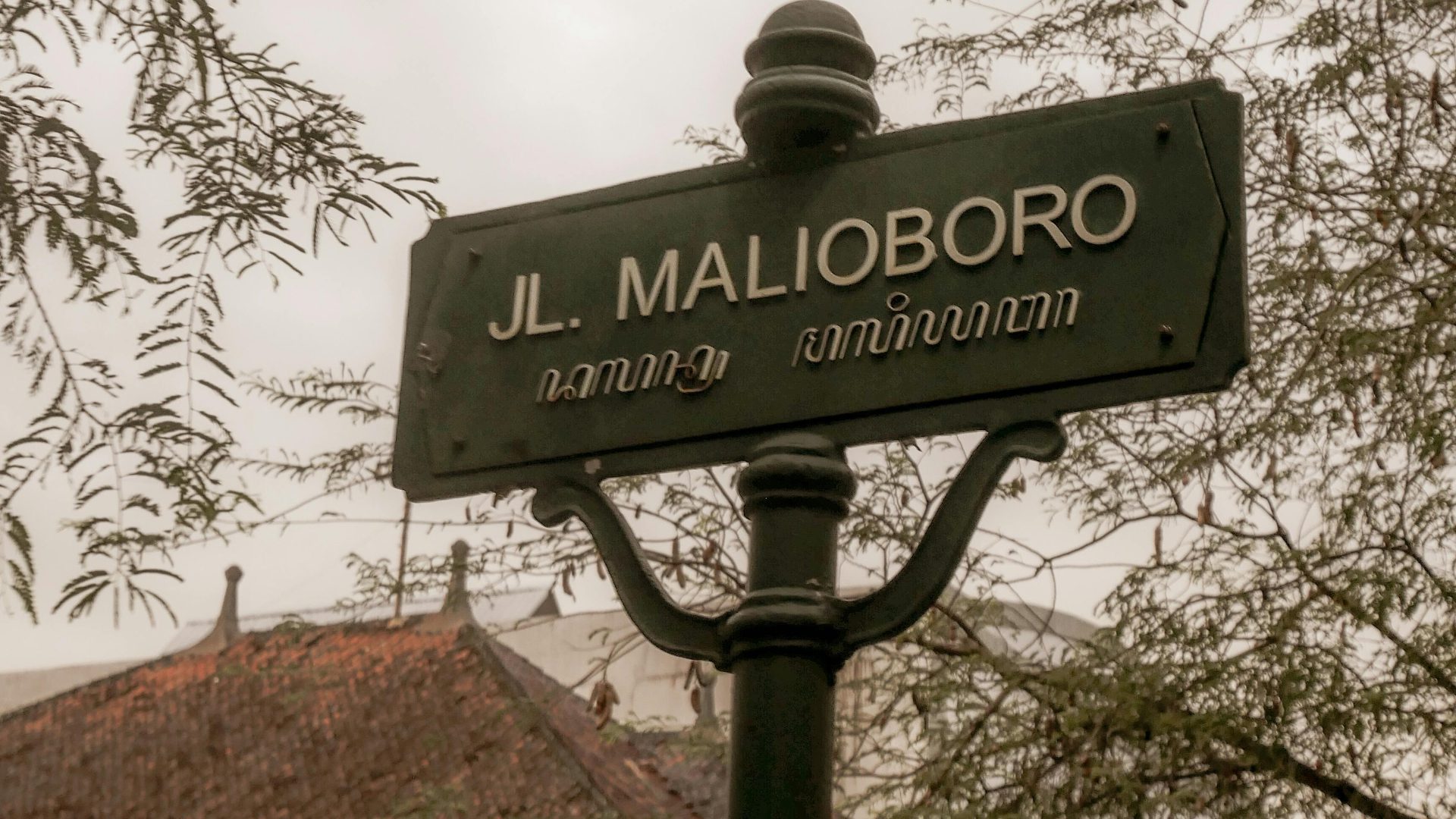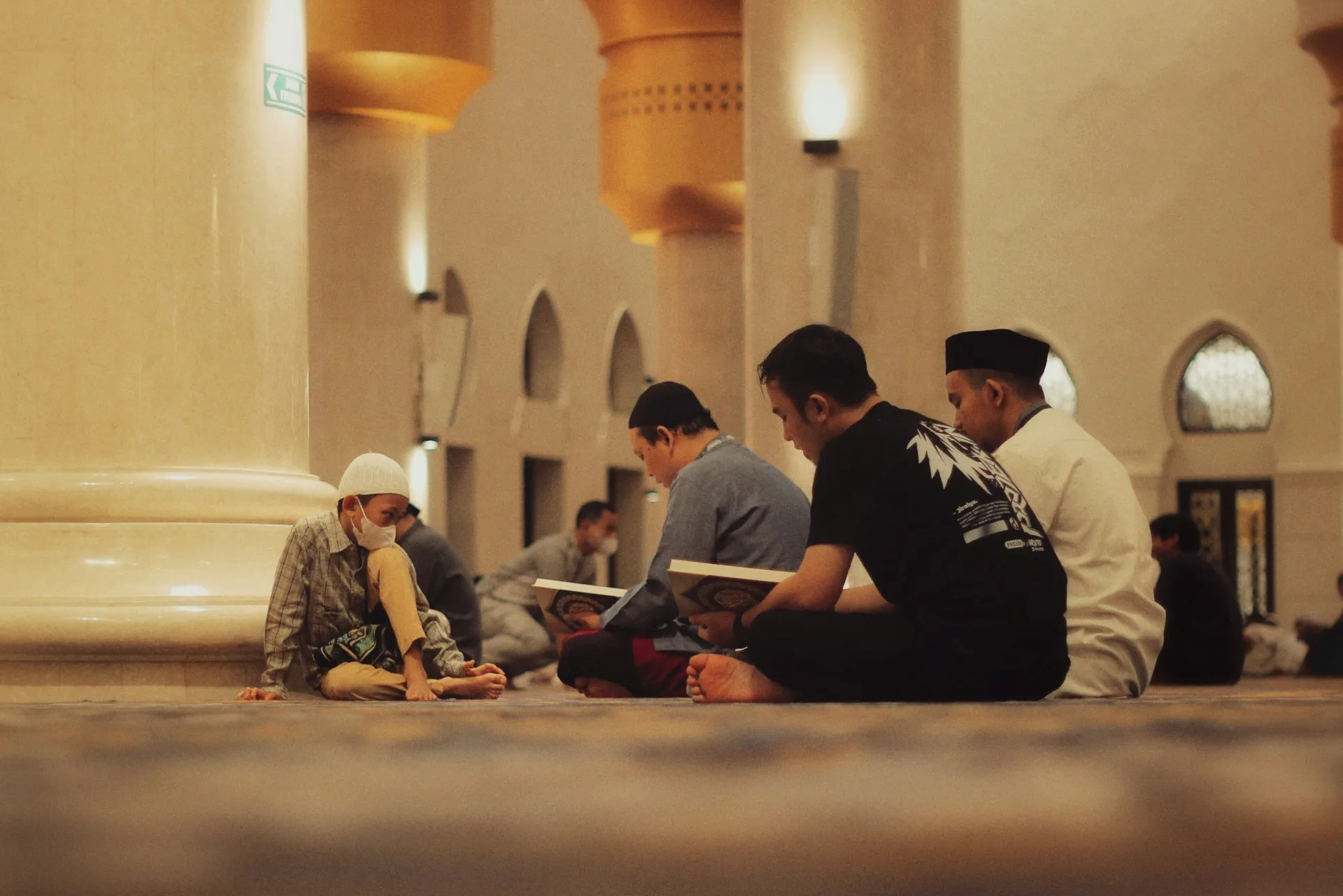Javanese news – Jalan Malioboro in the city of Yogyakarta has long been a shopping tourist icon that is always crowded with tourists.
Rows of shops, shopping centers, and street vendors make it the heart of the economy that lives from morning to night.
However, behind the hustle and bustle of the shops who are now dominating, Malioboro has a long history that is interesting to explore.
Initial traces of Malioboro’s name
There is no exact record that mentioned when the term “Malioboro” began to be used.
The origin of the name has several versions. One of them said that the word Malioboro came from Sanskrit Malyhabara, which means “decorated with flower strings”.
This allegation implies that since the beginning this road has been known as Malioboro, although its origin is still debated.
Another version links the name to the word malia which means “be a guardian” and the embers which are believed to come from the word ngumbara or “wander”.
This interpretation is related to the concept of an imaginary line or the philosophy of the city of Yogyakarta that stretches from the Krapyak stage to the Pal White Monument.
Until the middle of the 18th century, the word “Maliabara” began to be found in manuscripts from Yogyakarta.
This reinforces the allegation that the name has been used for a long time.
Malioboro in the concept of the city planning of the palace
Since the early days of the Yogyakarta Palace on October 7, 1756, Jalan Malioboro has become an important part of the Gatra Tunggal Chess concept.
This concept places four main elements of the city harmoniously, namely the royal palace, square, mosque, and market as the center of the economy.
At that time, Malioboro functioned as a rajamarga or “royal path” which had exclusive value.
This road is used for state processions and ceremonies that are directly related to the palace.
From the way of government to be a witness to history
In his research published in the journal Archipel in 1984, historian Peter Carey said that in the beginning Malioboro was not a crowded public road as it is now.
Its main function is limited to state ceremonies.
Even in the 19th century, this road became the official path of welcoming the Governor General, European officials, and other royal guests.
Economic Center Growth
Over time, the area around Malioboro began to develop.
Based on Siti M. Nur Fauziah’s research in a study entitled from the royal road to the colonial shopping road: Malioboro 1756-1941, trading activities at that time were still centered on the Gedhe Market, which is now known as the Beringharjo Market.
The location is very strategic because it is near the palace.
Gedhe Market is a magnet for entrepreneurs and traders, especially from ethnic Chinese, to open stalls and shops around it.
This growth triggered the establishment of new buildings that support Yogyakarta’s economic activities.
Expansion of the trade area
Great changes occurred around the 1870s and 1920s.
The road that was once calm and shady with trees on either side began to be crowded with trade traffic.
Shops spread from around Gedhe Market to Tugu, Kranggan Market, and the surrounding area.
Slowly but surely, Malioboro turned into a colonial shopping center that was increasingly dense and crowded.
Economic growth in this region continues until finally forming Malioboro’s face as we know it today, with a row of shops that are never empty of visitors.
Malioboro today
Now, Malioboro is not just a road in the middle of the city.
This road has become a symbol of Yogyakarta’s economic, tourism and culture.
The long trail of history combined with modernity, creating a unique atmosphere that makes anyone feel at home for long here. ***
Game Center
Game News
Review Film
Rumus Matematika
Anime Batch
Berita Terkini
Berita Terkini
Berita Terkini
Berita Terkini
review anime


